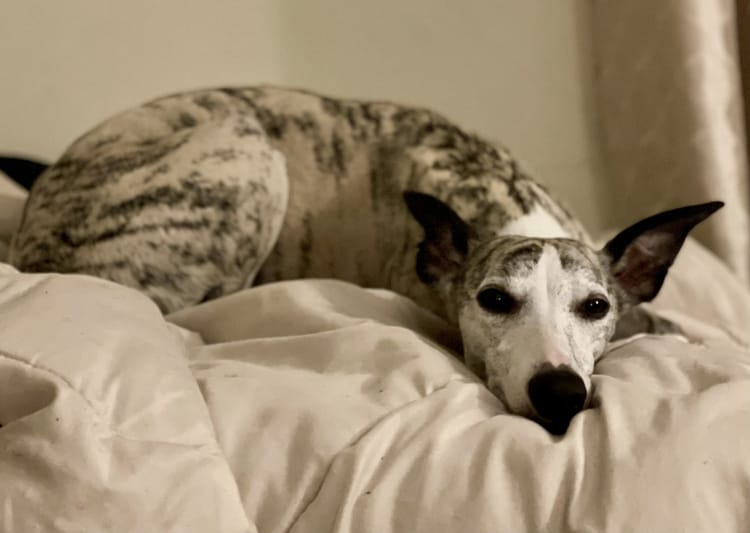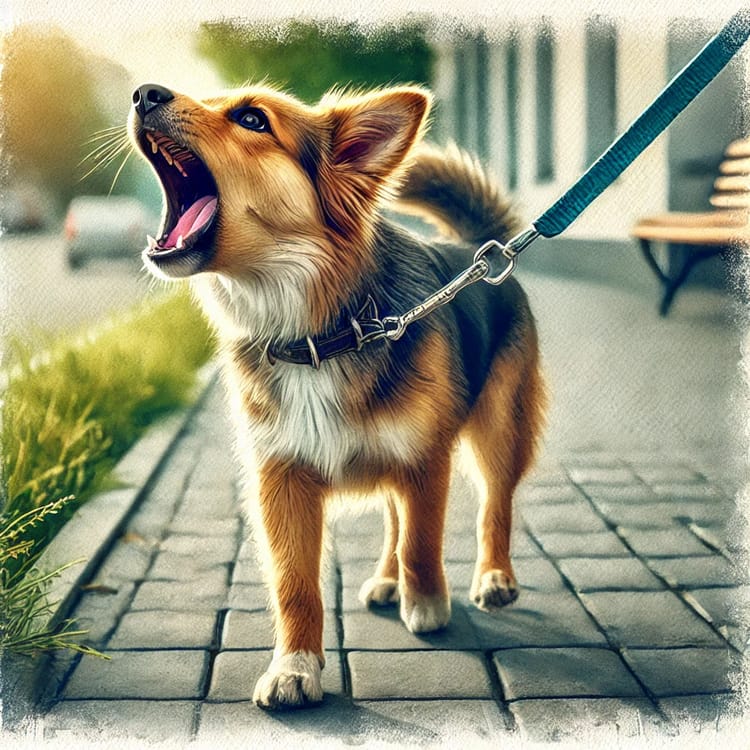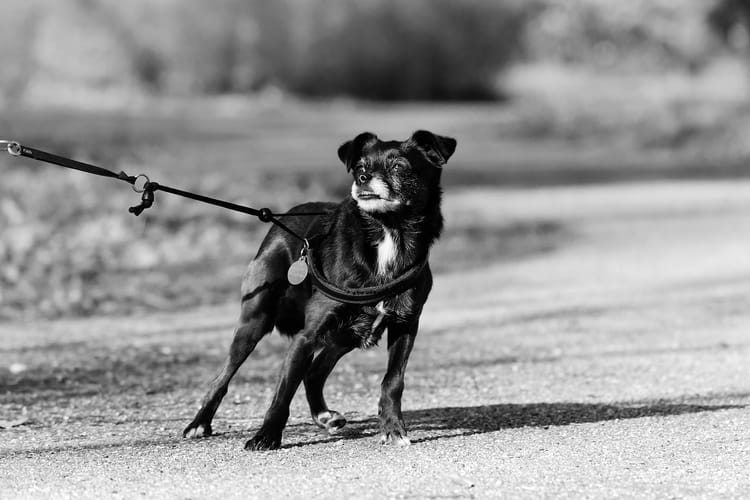Understanding canine reactivity + reactive dogs course open! 🚀

When we talk about a dog being "reactive," we're essentially discussing a dog who has a stronger-than-average response to certain stimuli. Imagine walking through a bustling market; for most, it's a pleasant stroll, but for someone with severe social anxiety, it's overwhelmingly stressful. That's a bit what the world feels like to our reactive canine friends.
Reactivity can manifest in several ways, including barking, lunging, growling, or snapping. While it might seem like reactive and aggressive behaviors are similar, it's important to remember that reactivity often stems from fear, anxiety, or overexcitement. Each dog has its unique triggers, but the goal is the same: to create space from whatever is causing them discomfort.
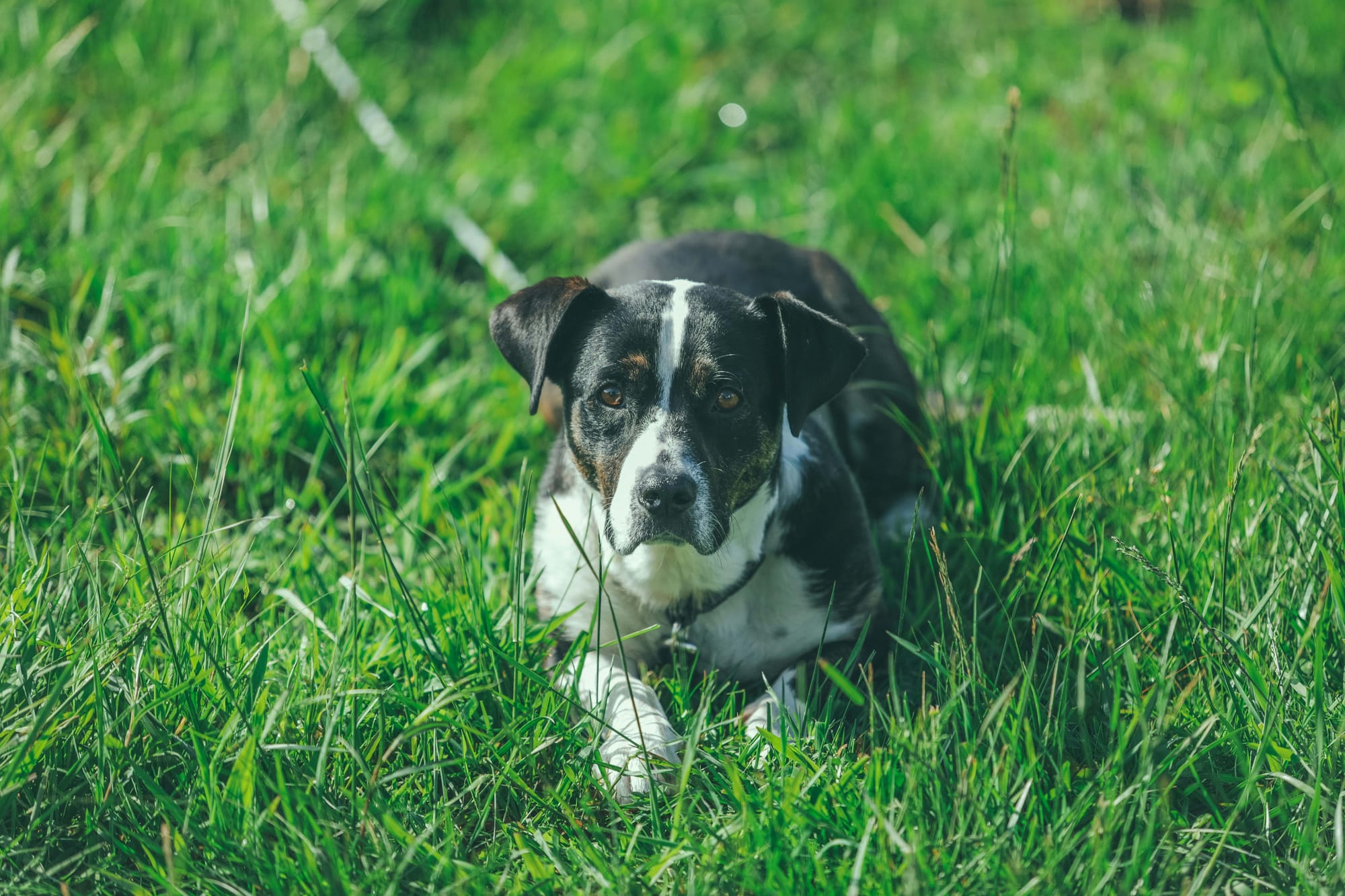
Types of interactions that can lead to dog reactivity
Dog-dog reactivity:
- On-leash encounters: Many dogs feel restricted by their leash during encounters with other dogs, leading to frustration or fear that can manifest as reactivity. It's like being in a conversation where you're not allowed to move freely; it can be pretty stressful!
- Territorial behavior: Dogs naturally protect their space, and the approach of another dog can trigger a defensive reaction, especially if the dog feels it can't escape.
- Play style mismatches: Just like people, dogs have different personalities. Some prefer rough-and-tumble play, while others like a more gentle interaction. Miscommunication in play styles can quickly escalate to reactivity.
Dog-human reactivity:
- Fear of strangers: Dogs may react to unfamiliar people, especially if they move unpredictably or invade the dog's personal space. For a dog, a stranger's approach can feel like a pop quiz in a subject they've never studied.
- Protective instincts: Some dogs react because they feel the need to protect their human companions from perceived threats.
- Past experiences: Dogs with negative experiences involving humans (such as a lack of socialization or even abuse) may be more prone to reactivity.
Understanding the root causes of dog reactivity
Grasping the root cause of a dog’s reactivity is part of creating a successful behavior modification plan. Is it fear, protection, or overexcitement? Observing the dog's body language and response patterns can provide insights. A tucked tail and pinned-back ears indicate fear, while stiffening and direct eye contact might suggest a protective or challenging stance.
Recognizing these signs and understanding the types of interactions that can lead to reactivity are the first steps toward addressing the behavior. From here, we can drill down to the ABCs: antecedent, behavior, and consequence, to help us understand what in the dog's environment is maintaining the reactive behavior.
Here's an example of what those ABCs would look like. We'll use a dog named Trixie, who struggles to walk calmly past other dogs on walks:
Antecedent: Trixie's handler pulls on the leash when another dog appears within 50 feet of Trixie during a neighborhood walk.
Behavior: Trixie looks at the other dog and pulls straight ahead on the leash with her spine straight, her ears and tail elevated. She begins barking, jumping and snarling within 5 seconds of seeing the other dog.
Consequence: Trixie's handler shouts, "No! Stop it!" and gives Trixie several jerks with the leash as the other dog gets within 25 feet of Trixie.
Now we are able to make a prediction about Trixie's behavior the next time a dog comes within 50 feet while she is on a walk in the neighborhood, and make adjustments to the antecedent and consequence. If Trixie is fearful of the other dog, we would expect to see her relax the further the other dog stays during a walk. If Trixie is worried about her handler's reaction, she may relax when her handler calmly redirects Trixie instead of shouting and jerking the leash.
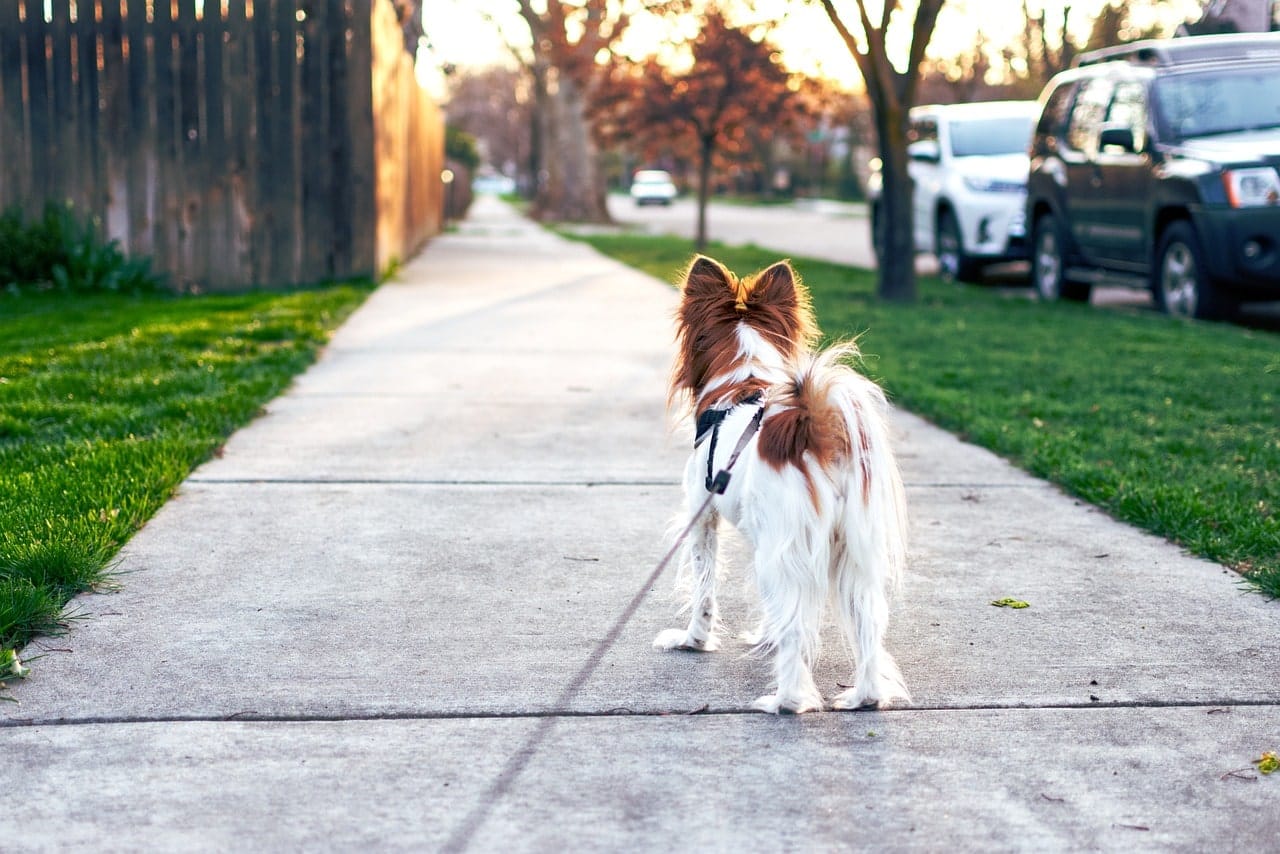
Develop your skills with reactive dogs
Are you ready to turn challenges into opportunities and help dogs transition from reactive to relaxed? Sign up for the waiting list for our upcoming course, "From Reactive to Relaxed: Advanced Strategies for Reactive Dog Training." Refine your skills in assessing reactivity, applying behavior modification strategies, and creating supportive environments using LIMA techniques. Join the waitlist today!
